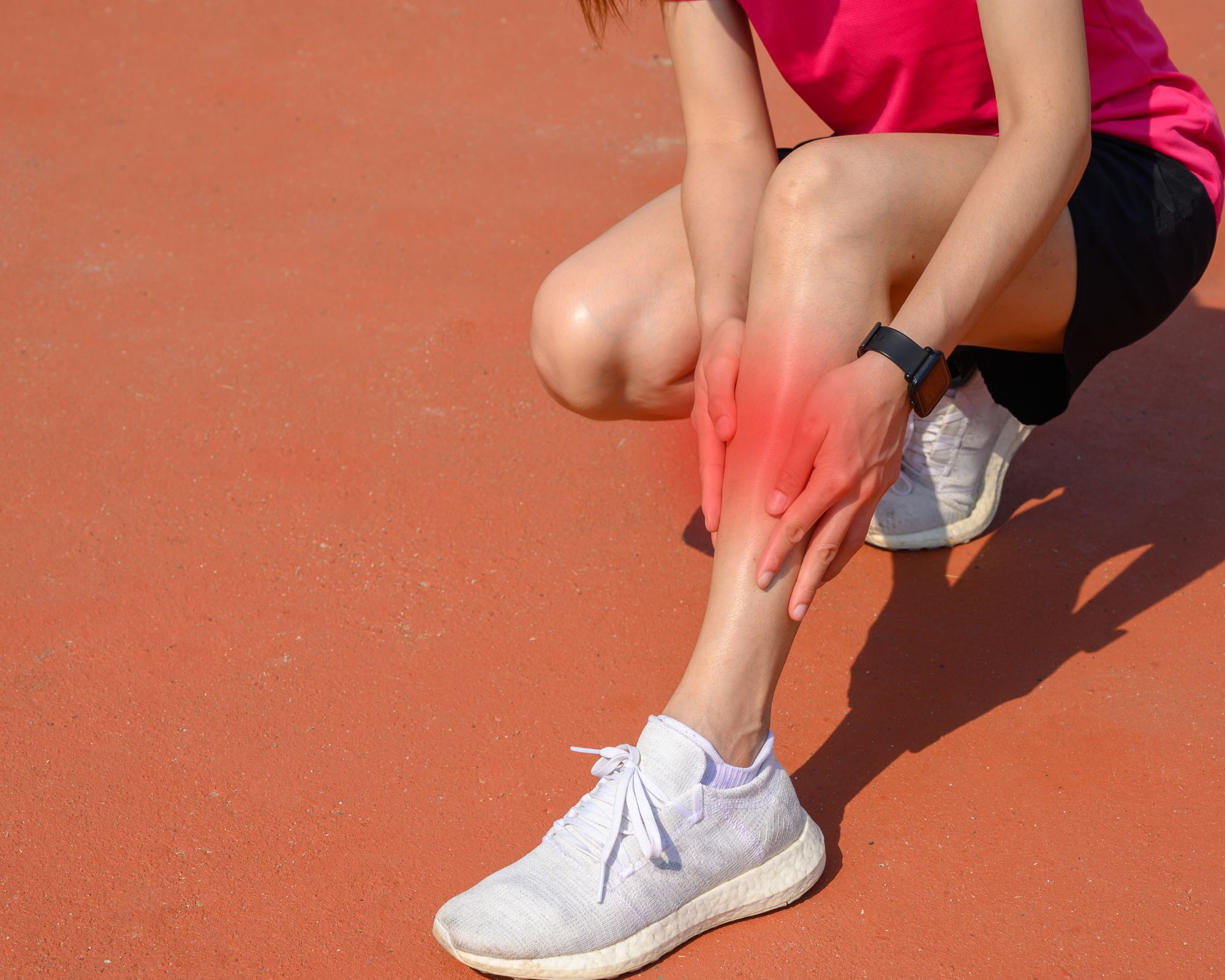Introduction
In any kind of emergency scenario, the ability to assess a casualty's responsiveness can suggest the distinction between life and death. Understanding exactly how to do this important evaluation is crucial for anybody associated with Basic Life Support (BLS) training. This article explores The Importance of Examining Responsiveness: A BLS Essential, discovering its relevance within the wider context of standard vs innovative life assistance techniques, healthcare facility codes and methods, and much more.
Table of Contents
Understanding Responsiveness in BLS- What is Responsiveness? Why is it Essential in Emergencies?
- Overview of Basic Life Support Transitioning to Advanced Life Support
- Step-by-Step Guide Common Blunders to Avoid
- Signs of No Breathing What to Do Next
- Understanding AEDs When to Make use of an AED
- Benefits of BLS Training How to Get Certified
- The Relevance of Teamwork Recommended Compression Rates
- Techniques for Remaining Calm The Function of Composure in Reliable Response
Understanding Responsiveness in BLS
What is Responsiveness?
Responsiveness describes a person's capacity to respond to stimulations, such as verbal commands or physical touch. In a clinical emergency situation, examining responsiveness assists establish the necessity and sort of care required.
Why is it Crucial in Emergencies?
Checking responsiveness permits -responders to rapidly assess a target's condition, directing subsequent actions such as calling for help or carrying out mouth-to-mouth resuscitation. Fundamentally, it sets the stage for all additional interventions.
Basic vs Advanced Life Support
Overview of Basic Life Support
Basic Life Support (BLS) includes important strategies aimed at maintaining life up until sophisticated clinical assistance gets here. It consists of examining responsiveness, performing mouth-to-mouth resuscitation, and utilizing an Automated External Defibrillator (AED).
Transitioning to Advanced Life Support
Advanced Life Assistance (ALS) involves much more innovative medical treatments that trained professionals carry out, such as providing medicines and advanced airway monitoring techniques.
How to Examine Responsiveness
Step-by-Step Guide
Approach the individual calmly. Gently tap their shoulder and speak noisally but clearly. Observe their reaction; if there's no response, proceed with more assessments.Common Mistakes to Avoid
- Failing to check breathing after evaluating responsiveness. Not calling for emergency services promptly if there is no response.
Identifying No Breathing
Signs of No Breathing
In some cases, a person might be less competent yet still breathing improperly or otherwise whatsoever. Look for:
- Absence of chest movement. No distinct breaths.
What to Do Next
If you recognize no breathing:
Call emergency situation solutions immediately. Begin mouth-to-mouth resuscitation without delay.Public Defibrillator Usage
Understanding AEDs
An Automated External Defibrillator (AED) is a portable gadget made to analyze heart rhythms and deliver an electrical shock when necessary.
When to Make use of an AED
Use an AED Click here when:
- The individual is less competent and not breathing. Medical experts are on their way however prompt activity is required.
BLS Qualification Importance
Benefits of BLS Training
Obtaining BLS accreditation outfits people with essential skills required throughout emergencies, improving their self-confidence in reacting effectively.
How to Get Certified
Certification courses are readily available via different companies such as the American Heart Association (AHA) or Red Cross-- choose one that fits your schedule!
Taking Activates Compressions
The Relevance of Teamwork
When multiple -responders are present, taking turns on compressions aids avoid tiredness and ensures top quality chest compressions throughout the resuscitation process.
Recommended Compression Rates
The optimal compression price during mouth-to-mouth resuscitation is 100-120 compressions per minute; ensuring this consistency can considerably enhance survival chances.
Maintaining Calmness During Emergencies
Techniques for Staying Calm
Staying tranquility throughout a crisis is essential-- not simply for your very own performance yet likewise for those around you who might be looking for management throughout chaos.
Take deep breaths prior to approaching the situation. Focus on tasks instead of feelings; this will certainly aid you stay centered.The Role of Composure in Efficient Response
Your attitude can considerably affect CPR Training Tweed Head exactly how others react-- preserving calmness motivates synergy and instills self-confidence amongst spectators aiding with care.

Conclusion
In recap, recognizing exactly how and why we check responsiveness forms the foundation of efficient BLS training and interventions during emergency situations. Whether you're navigating fundamental vs innovative life support circumstances or utilizing public defibrillators properly, every 2nd counts when lives go to stake-- making understanding about these procedures invaluable.
FAQs
Q1: What should I do if someone is unresponsive?
A1: Examine their responsiveness by delicately touching them and screaming their name; if they are less competent, call emergency situation solutions immediately.
Q2: Exactly how does monitoring responsiveness vary from other assessments?
A2: Checking responsiveness particularly evaluates an individual's recognition level while other evaluations might entail examining essential indications or breathing patterns.
Q3: Is BLS certification necessary for everyone?
A3: While not required for everybody, getting BLS accreditation can encourage you with important abilities that could save lives in emergencies.
Q4: Can I make use of an AED on a person who shows signs of breathing?
A4: No, only utilize an AED if the person is unresponsive and not breathing generally; guarantee proper analysis first!
Q5: How frequently ought to I exercise my CPR skills?
A5: It's a good idea to revitalize your mouth-to-mouth resuscitation abilities with normal training sessions a minimum of every 2 years or quicker if you really feel unpredictable concerning your abilities.

Q6: Does preserving composure really effect emergency situation outcomes?
A6: Absolutely! Composed responders tend to act a lot more efficiently which positively affects both group characteristics and individual outcomes.
By prioritizing the relevance of checking responsiveness within Basic Life Support training structures, we welcome our obligation as potential lifesavers-- furnishing ourselves with understanding that can transform minutes of crisis into opportunities for hope and recovery!